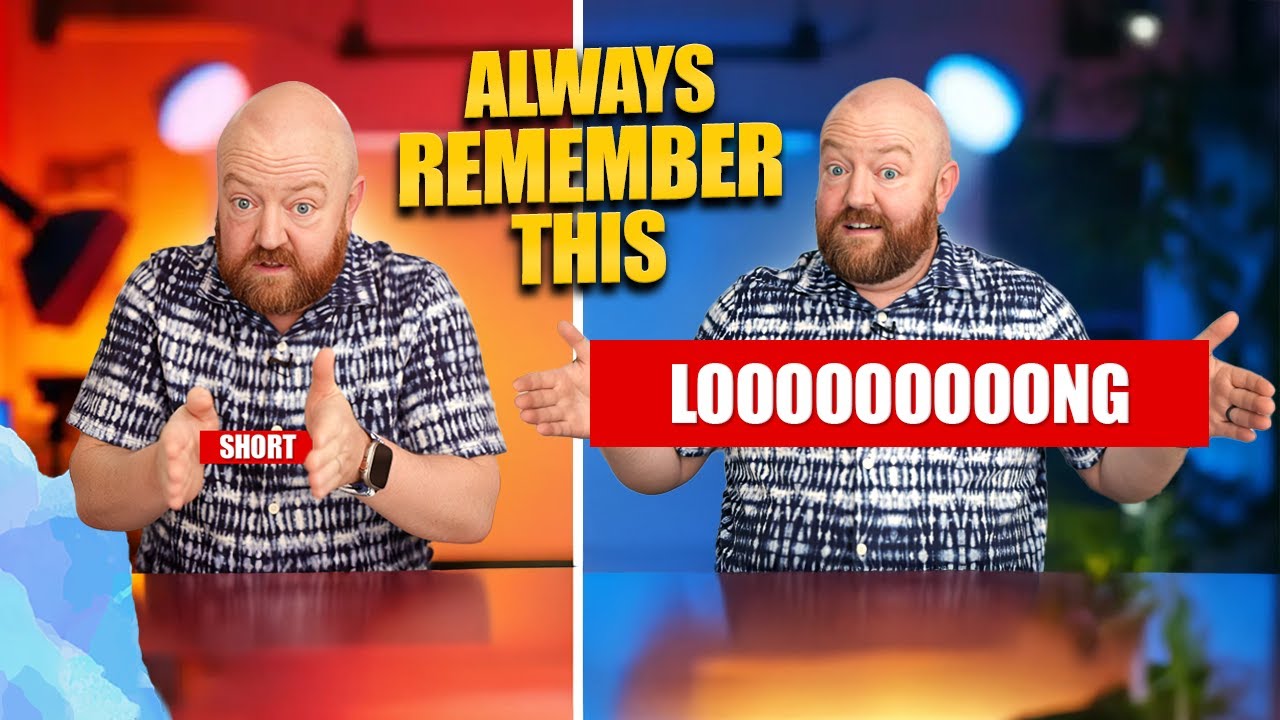For emerging business leaders, your most valuable asset is your time.
Wouldn’t it be great if you could work with three or ten or 100 clients at once? You can do that—without having to clone yourself—by creating an online course.
Developing a course is similar, in a way, to outlining a book. It requires you to map out the customer journey and answer some important questions:
-
What will they learn?
-
What assignments will you give them, and what do the assignments look like?
-
How long is the course?
-
How much will you be involved?
-
Is there one-on-one coaching involved?
-
Are there other resources that they get access to?
-
What is the outcome?
It’s important to understand the course’s outcomes and expectations and goals, and your level of participation because those elements will dictate the price you charge participants.
Focus on results
Just for comparison, let’s pretend that you’re a therapist who charges clients $100 an hour for your time. You work one-on-one with clients and have developed a knack for helping patients overcome arachnophobia, a fear of spiders.
After developing that track record, you could develop a results-based group program – one that tackles the same issues as the one-on-one sessions. The program costs $8,000, and by the end of the weekly program, patients will be free of their fear of spiders.
This type, of course, is based on outcome. And if someone wants to overcome their fear of spiders, $8,000 is a price they may be willing to pay in order to get their life back.
Delivery
There are a lot of other videos on YouTube that talk about different software that you can use to deliver a course. And as business owners, we tend to stress about delivery and want it to be perfect. Our clients, however, are more focused on the content, not the delivery.
If it’s a video-based course, they want to watch the videos. And you could do that on YouTube.
It’s more important to focus on the client’s journey and outcome and results than it is the platform and making it look flashy.
Planting seeds
It’s always a good practice to over-deliver. So when someone purchases a course, they have certain expectations of what’s going to happen. And if there are other bonuses and add-ons, those are a big plus.
In many cases, you might have something to offer participants that is above and beyond a course.
A course typically takes a DIY approach. But there are also “done for you” services that you may be able to offer—upsell opportunities for higher-touch clients.
It’s really all about planting seeds and letting them know that you can help people in a bigger way.
“When I was working with my client, Michelle, this is something that we did, and we really helped her get results,” you can tell your course participants. “If that option is something you wish to explore, let me know.”
Experiment
Experimenting with a low-priced course is a really smart approach to begin with, especially if you’re fine-tuning the outcomes and expectations.
A friend of mine is very successful in business, and his teenage son created a course on entrepreneurship for teens and charged $9 for it. I thought that was really cool. Teens don’t typically have a lot of money to spend, but it’s worth that and more to learn about e-commerce, creating a website and other business basics.
With the arachnophobia example, maybe instead of $8,000 for the full course, you charge $50 for the first meeting or $250 for the first five meetings.
And for those price points, what are the outcomes? What value will the participant receive?
Capturing interest
I was recently helping a client who teaches real estate investing. He was building a massive following on YouTube page, and he had “done for you” services, but he didn’t have a course. Clients would travel to his state to attend three-day events, which were transformative. And by day three, people wanted to sign up for his services.
But there were all of these other people on YouTube who wanted his services but didn’t want to travel.
There was so much interest in him developing a course, and I kept encouraging him.
He dragged his feet … but after about six months he launched his online course with a $1,000 price point, and as soon as he did, more than 100 people signed up.
He made $100,000 in one month—all because he repurposed his services into an online course.
There is so much opportunity to be found in online courses, and they can serve as game-changers for you and your company.
You’re welcome!
Nate





